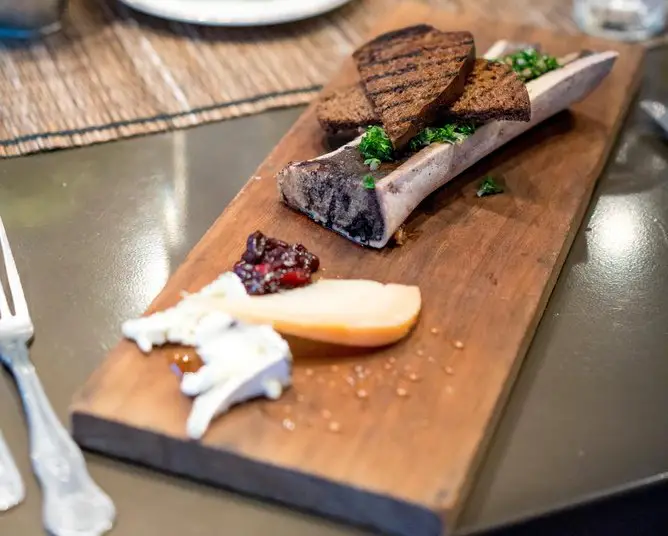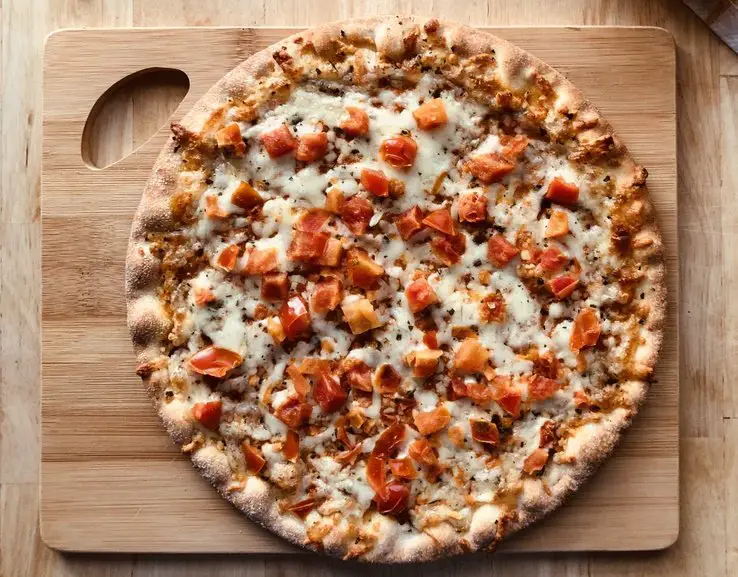
For most chefs, a knife is always their trusted and arguably most important tool.
However, your knife only functions optimally if it is paired with a good partner: the cutting board.
Great cutting board not only makes your knife more effective, but also ensures your food is free from bacteria and other pathogens.
Why Choose Wood for a Cutting Board Over Other Materials?
If you didn’t know, a wood chopping board effectively absorbs residual food-borne bacteria after a thorough cleaning with warm water and soap.
Compared to plastic, wood is generally tougher, and this means that knife scars won’t go as deep and this helps preserve its structural integrity.
What’s more, wood cutting boards are highly versatile and can be used to cut a variety of foods, ranging from fruits, veggies, and meat.
Not only is wood naturally sturdy, strong, and hard-wearing, but some wood species also exhibit self-healing properties against regular knife cutting thanks to their unique fibers and grains that tend to close back up.
There are numerous types of wood materials that you can use to make a beautiful cutting board.
According to the FDA, you should choose a hard, closed-grained wood that can potentially stand up against water damage.
Below is a list of the best wood for cutting boards.
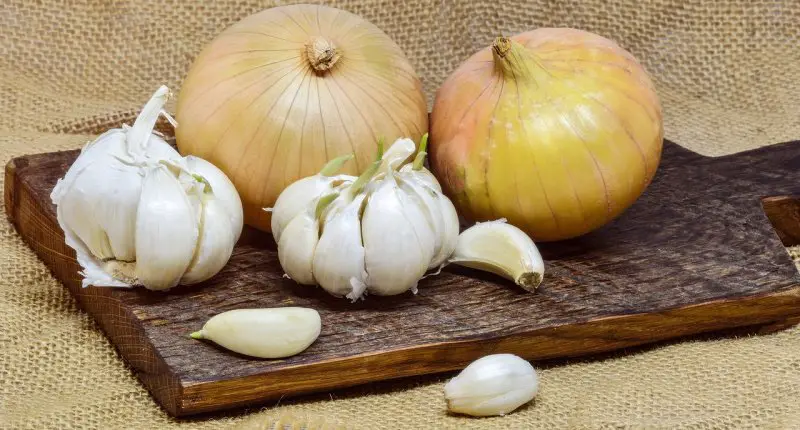
Maple
Maple is a structurally sound material that remains the most popular choice for chopping boards.
When looking for the best wood for cutting boards, you need to consider three important factors, including wood grain, hardness, and toxicity.
Maple is a hard closed-grained wood that not only guarantees durability, but will also effectively resist bacteria and is free from warping or staining.
Maple is also non-toxic and this means it won’t contaminate your food in any way.
In terms of appearance, maple wood has a light color and a highly subtle grain which gives a neutral look that will certainly enhance virtually any kitchen’s décor.
However, it is imperative to note that red maple can be toxic and cutting board manufacturers never use for boards.
So, if you are crafting your own board, sugar maple is your best option.
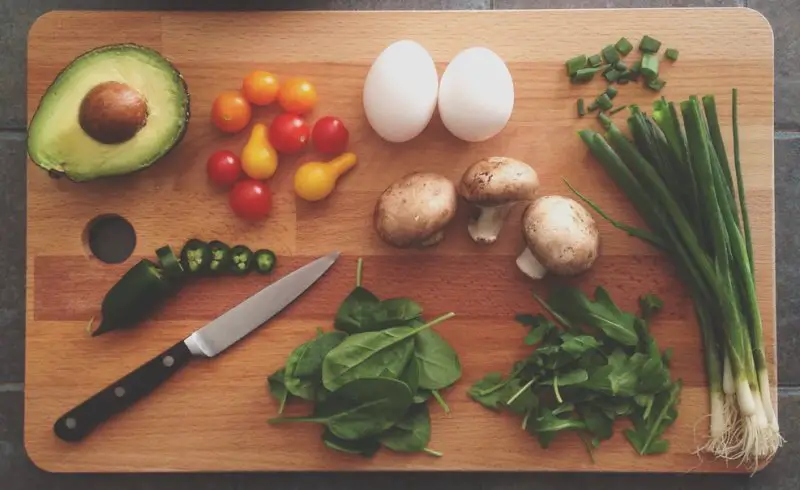
Beech
Beech is another fantastic option that boasts commendable hardness.
Beech is a closed-grained hardwood that is non-damaging to your knife and also guarantees incredible impact and scratch resistance outdone only by maple.
It has relatively smaller pores that make it extremely effective at warding off bacteria, stains, and moisture.
Besides, beech is relatively affordable.
However, it is worth noting that beech tends to shrink faster than most of the options available, and this means you’ll have to condition your beechwood cutting board more regularly.
Teak
Teak is also a fantastic choice for making wooden cutting boards.
It is relatively highly durable and holds up better to impacts and scratches.
So, if you opt for a chopping board made of teak, you can be sure that it will serve you for an extended period!
Teak is structurally dense and heavy, and this prevents it from slipping or rocking as you work on it.
It has a dark brown hue that masks stains exceptionally well.
This is an important feature to consider, particularly if you regularly cut foods that are known to stain boards.
Teak is also able to maintain its natural, moisture-repelling properties even after it has been processed, making it very easy to maintain.
The only major drawback of teak is perhaps its relatively higher price tag.
Teak is also high in silica and while this makes it scratch-resistant and gorgeous, it means that it can potentially dull your knife blade with regular use.
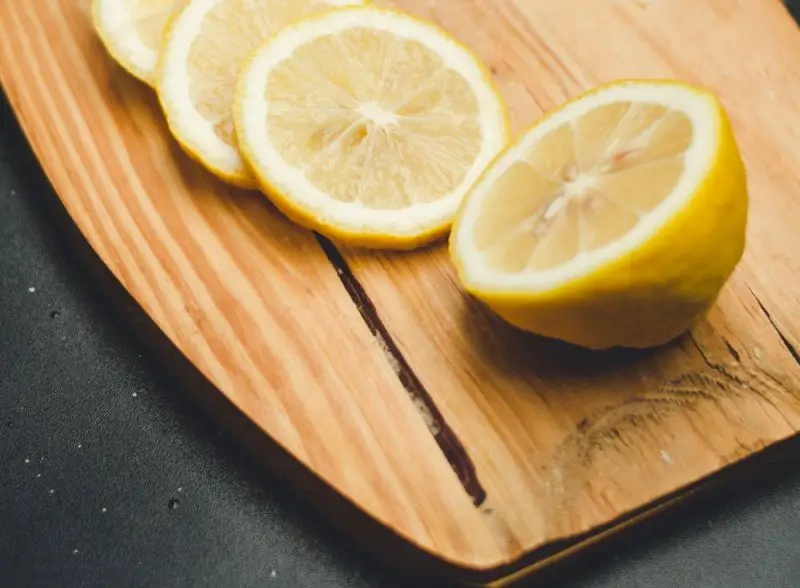
Cherry
Cherry wood is usually prized for its impeccable durability and beauty.
With its gorgeous deep red hue, cherry wood really can make eye-catching cutting boards that can add timeless beauty to your kitchen.
It is a hard, closed-grained wood that is easy to maintain and can last a lifetime if well-maintained.
One major bonus about cherry cutting boards is that they won’t make your knives blunt.
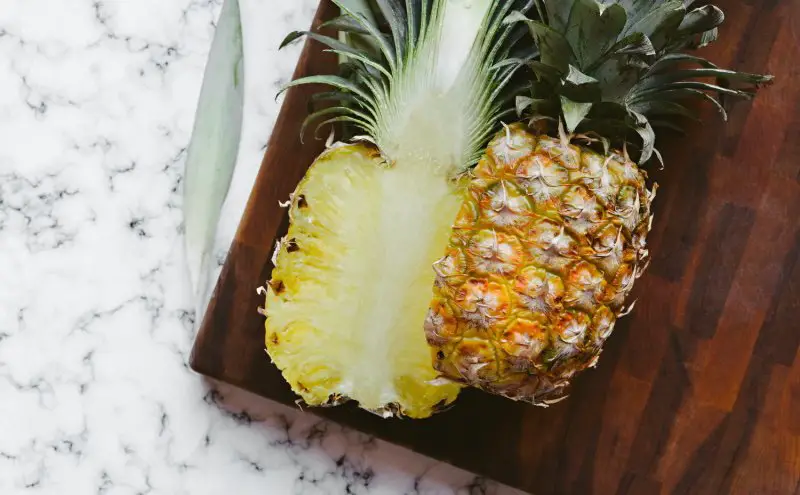
Walnut
Walnut is another great option thanks to its impressive color and general appearance.
Though walnut is relatively softer, it boasts the right amount of hardness required to make a great cutting board.
And because it is fairly softer, a chopping board made of walnut is unlikely to dull your knife’s blades.
However, walnut cutting boards will always attract scratches and dents.
So, they need to be handled with some extra care and will also require routine maintenance.
